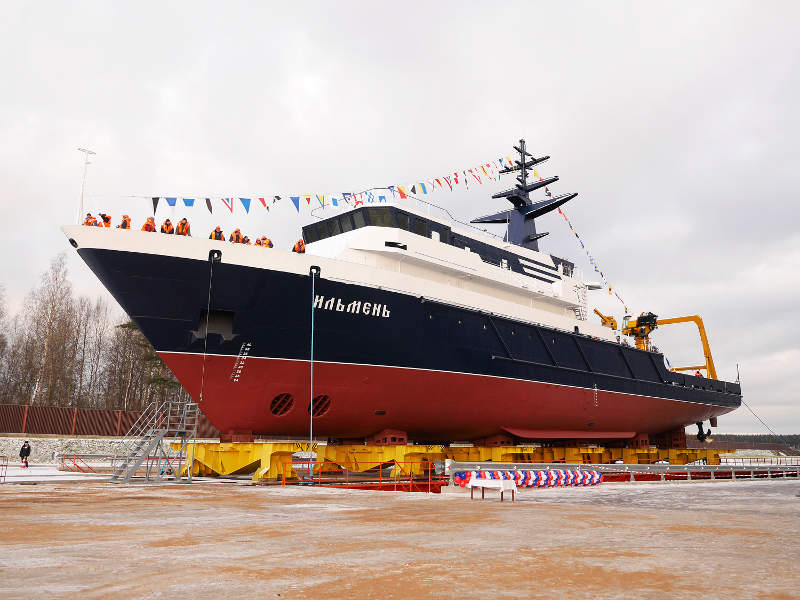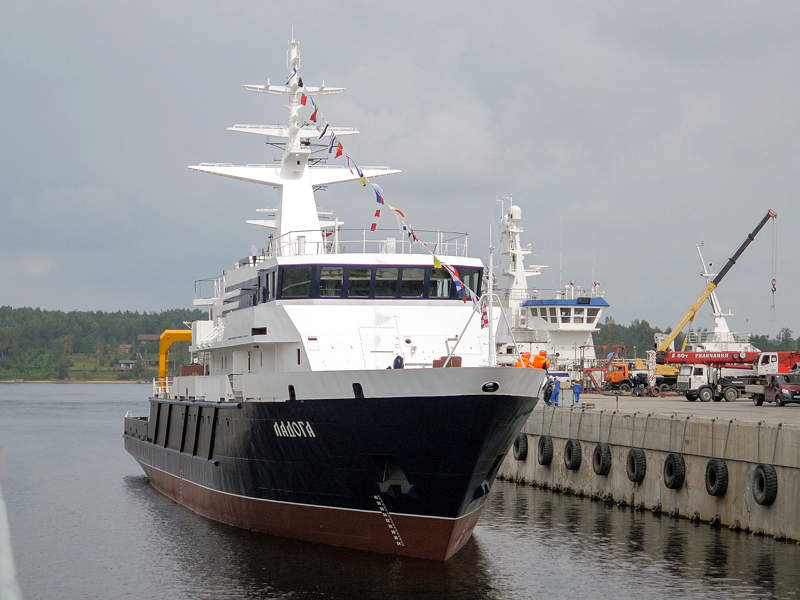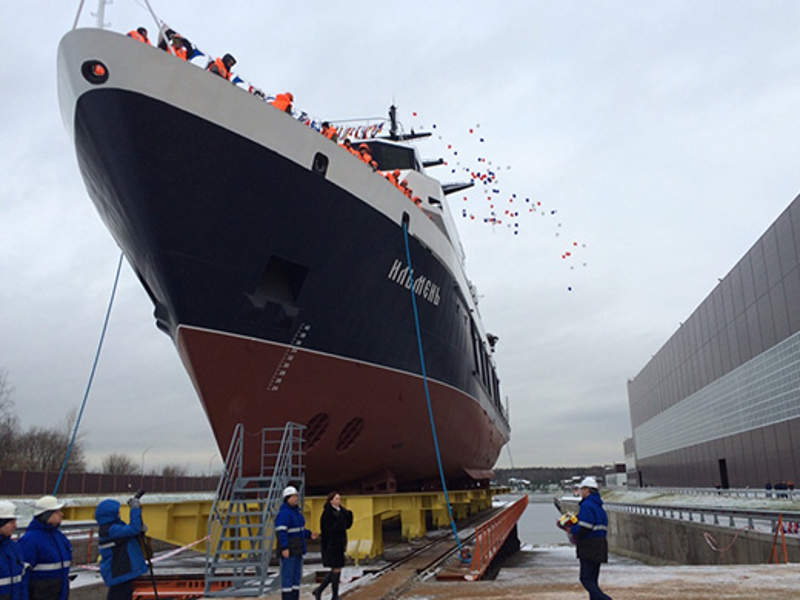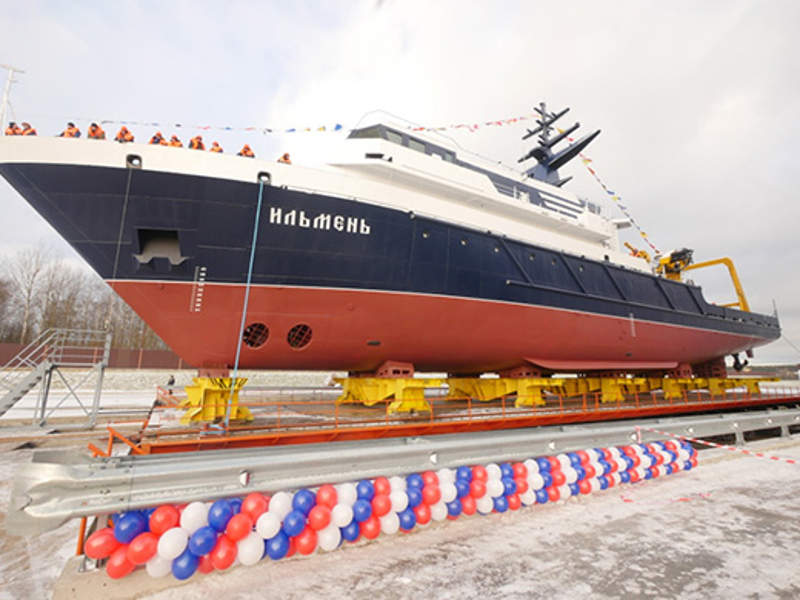Project 11982 oceanographic survey vessels were designed by Almaz Central Marine Design Bureau for the Russian Navy.
The primary mission of the class is to conduct hydrographic and oceanographic surveys, as well as research activities in deep waters. The vessels can also perform search-and-rescue of sunken objects, along with inspection of underwater communications and pipelines to eliminate breakdowns.
Project 11982-class construction details
A total of three Project 11982 oceanographic survey vessels have been built to date. The lead ship, named Seligher, was built by JSC Yantar Shipyard, while the remaining two vessels were built by Pella Shipyard.
The Russian Ministry of Defence awarded a contract to Yantar Shipyard for the construction of an oceanographic research vessel named Seligher in February 2009. The keel-laying ceremony of the vessel was held in June 2009, and the launching ceremony followed in July 2011.
The ship’s factory acceptance trials were conducted in the Baltic Sea between May and October 2012. The vessel was inducted into the Russian Navy’s Main Directorate of Underwater Research in December 2012.
The keel for the second vessel, named Ladoga (keel no 150), was laid in September 2014, and its launching ceremony took place in July 2016. Ladoga entered service with the Russian Navy’s Baltic Fleet in October 2018.
The keel-laying ceremony of the third ship, Ilmen (keel no 151), was held in December 2014, while its launch was conducted in December 2017. The ship was inducted into the Russian Navy’s Black Sea Fleet after completing factory and state trials.
Project 11982-class design and features
The Project 11982-class oceanographic survey vessels were designed according to the KM Ice 2 – Arc 5 1 AUT 1 FF2 WS class notation of the Russian Maritime Register of Shipping.
The ship features a raked bow design, which helps reduce wetness and increase manoeuvrability. The overall length and width of the ship are 63.8m and 10.8m, respectively, while the maximum draught is 3.8m and displacement is 1,117t.
The vessel is manned by a crew of 16 people and accommodates up to 20 personnel, including nine oceanographic research officers.
The wheelhouse is located amidships with an antenna mast on top of it. The antenna mast is fitted with marine radars, as well as navigation and communication systems, to ensure safe operation at sea.
Oceanographic research equipment on board Project 11982 ships
The ships carry a number of advanced research and ocean survey equipment, including an ARS-600 autonomous underwater search-and-rescue vehicle to search for underwater objects at greater depths. The vehicles can be launched and recovered at the stern using cranes.
The vessels are also fitted with acoustic equipment, an RT-2500 unmanned underwater vehicle and a diving complex with pressure chamber to perform oceanographic research operations in deep waters.
Propulsion and performance of the oceanographic survey vessels
The propulsion system of the Project 11982-class ships consists of two 950hp 12FP Rolls Royce electric motors coupled with two rudder propellers, two azipods, two 280kW VA-280 diesel generators and three 840kW VA-840 diesel generators.
Two 200kW Schottel STT170TLK type bow thrusters are installed to improve the manoeuvrability of the ship. A dynamic positioning system is installed to control and maintain the ship’s position in the sea.
The vessel has a speed of 12k and cruising range of 1,000nmi. It is capable of operating at sea for approximately 20 days.
The ship’s ice strengthening hull allows for navigation through open ice.








